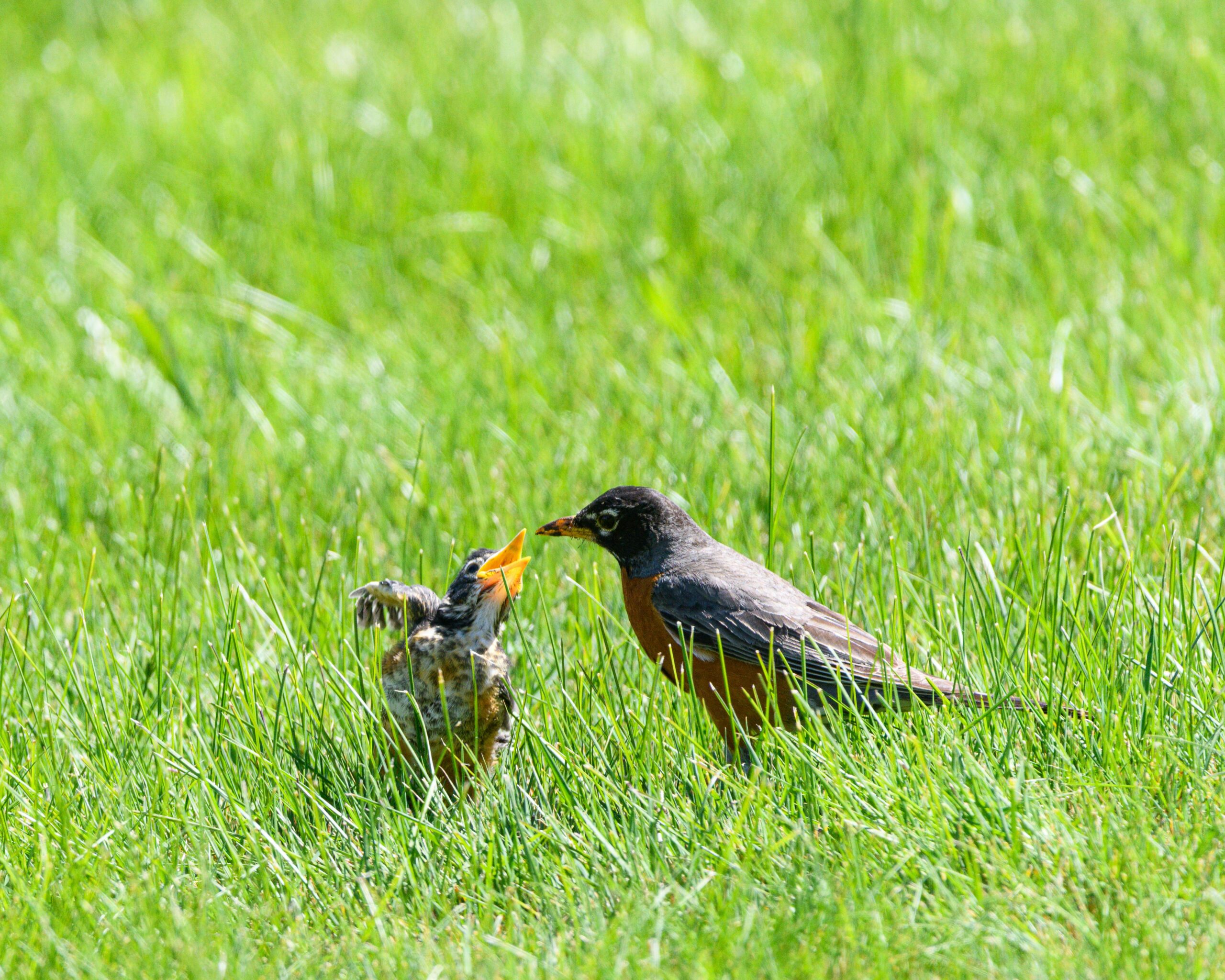Transforming your yard into a vibrant wildlife sanctuary is not only rewarding but also contributes to local ecosystem health. By implementing wildlife-friendly landscaping practices, you can create a backyard habitat that supports diverse species while maintaining an attractive outdoor space. This article explores how to design gardens that attract birds, butterflies, bees, and other beneficial wildlife through thoughtful plant selection, water features, and shelter creation. You’ll discover how native plants for wildlife form the foundation of a sustainable garden ecosystem that requires less maintenance while offering more ecological benefits.
Understanding the Importance of Backyard Habitats
Modern development has drastically reduced natural habitat for wildlife, making our backyards increasingly important sanctuaries. Creating backyard habitat through wildlife-friendly landscaping practices provides essential resources for local fauna that might otherwise struggle to find food, water, and shelter. When numerous homeowners in a neighborhood adopt these practices, they effectively create wildlife corridors that allow species to move safely between larger natural areas. This network of backyard habitats helps maintain biodiversity and supports the health of native ecosystems.
Beyond the environmental benefits, wildlife-friendly yards offer homeowners unique opportunities to observe nature up close. The satisfaction of watching birds raise their young, butterflies transform through their life cycles, or beneficial insects pollinate your garden creates a connection to nature that many find deeply fulfilling. Additionally, a yard teeming with wildlife contributes to natural pest control as birds, bats, and predatory insects help keep problematic pest populations in check.
Native Plants: The Foundation of Wildlife Gardens
The single most important step in creating backyard habitat is incorporating native plants into your landscape design. Native plants have evolved alongside local wildlife for thousands of years, forming intricate relationships that exotic plants simply cannot replicate. Native oak trees, for example, may support hundreds of caterpillar species that provide essential food for nesting birds, while non-native alternatives might support only a handful of species or none at all.
When selecting native plants for wildlife, aim for diversity in structure, bloom time, and plant type. Include trees, shrubs, perennials, and grasses that flower at different times throughout the growing season to provide continuous nectar sources for pollinators. Native wildflowers like coneflowers, black-eyed Susans, and asters are excellent for attracting birds, butterflies, and bees to your garden. Incorporate native grasses that provide seeds for birds and shelter for small mammals. If you’re unsure which species are native to your region, connect with native plant landscapers through AskHomey, where you can find professionals specializing in sustainable garden ecosystem design.
Providing Water Sources for Wildlife
Water is essential for all living creatures, making it a critical component of wildlife-friendly landscaping. Even small water features can dramatically increase the diversity of species your yard attracts. Bird baths offer drinking and bathing opportunities for birds, but remember to change the water regularly to prevent mosquito breeding and disease spread. Consider adding a small circulating fountain or bubbler to keep water moving and attract more wildlife with the sound.
For those with more space, consider installing a small pond or rain garden. These features not only provide water for wildlife but also manage stormwater runoff, creating multiple environmental benefits. Even a shallow dish of water with a few rocks protruding above the surface can serve as a drinking station for bees and butterflies. During winter months in colder climates, heated bird baths can provide crucial water sources when natural options are frozen.
Creating Shelter and Nesting Sites
Wildlife needs places to hide from predators, raise young, and seek protection from harsh weather. Creating varied shelter options is an important aspect of wildlife-friendly landscaping. Dense shrubs, brush piles, rock gardens, and mature trees all provide different shelter types that attract diverse wildlife. Leave certain areas of your yard somewhat wild, allowing fallen leaves to remain as natural mulch where beneficial insects can overwinter.
Consider installing nesting boxes designed for specific bird species native to your area. These structures can supplement natural cavities that may be lacking in suburban environments. Leave dead tree snags standing when safe to do so, as they provide essential habitat for woodpeckers, nuthatches, and countless beneficial insects. Create rock piles in sunny locations for reptiles and certain butterfly species that require basking spots. By incorporating these shelter elements thoughtfully into your landscape design, you can enhance your garden’s aesthetic appeal while supporting wildlife.
Maintaining Your Wildlife-Friendly Landscape
Sustainable maintenance practices are essential for a thriving wildlife habitat. Eliminate chemical pesticides and fertilizers that can harm beneficial insects and disrupt the food web. Instead, embrace organic gardening methods that support a sustainable garden ecosystem. Practice minimal fall cleanup, leaving seed heads and stalks standing through winter to provide food and shelter. When spring arrives, delay cutting back until temperatures have consistently warmed to allow overwintering insects to emerge.
Water deeply but infrequently to encourage deep root growth, and group plants with similar water needs together. Apply natural mulch around plants to conserve moisture, suppress weeds, and provide habitat for ground-dwelling beneficial insects. Remember that a wildlife-friendly garden may look slightly different from conventional landscapes—seed heads, some leaf litter, and less manicured areas are signs of a healthy, functioning ecosystem rather than neglect.
For more tips and to connect with reliable home service professionals, follow AskHomey on Facebook and Instagram.



